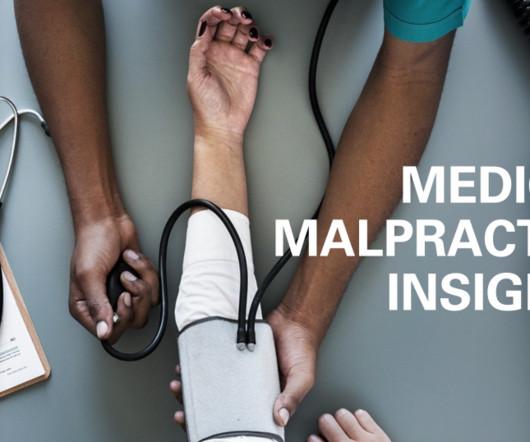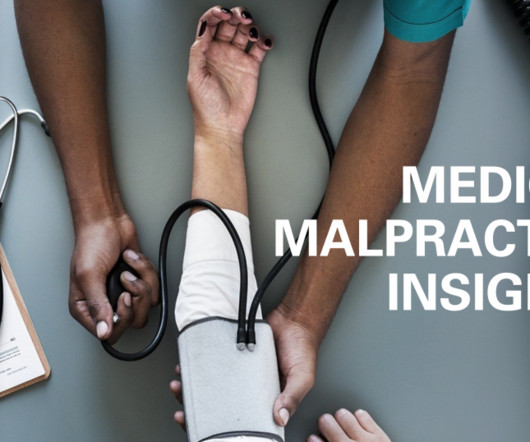Content Validation of an Emergency Department Skin Risk Assessment Instrument
AENJ: Current Issue
SEPTEMBER 30, 2023
Pressure injuries (PIs) are an important quality and patient safety metric for health care organizations. PI monitoring and treatment are often overlooked in the emergency department (ED). Emergency care professionals must be proactive about PI early identification and prevention strategies.

















Let's personalize your content